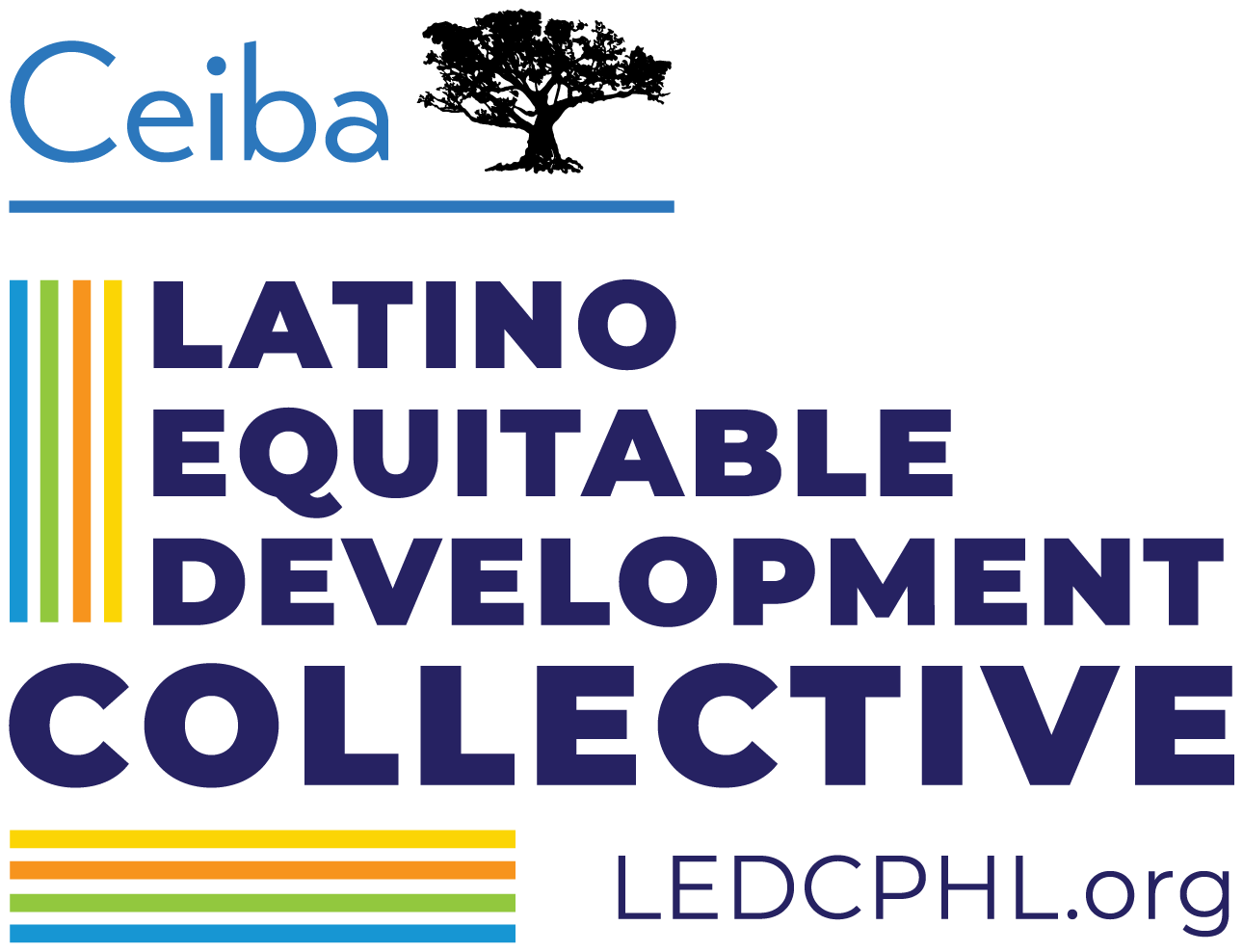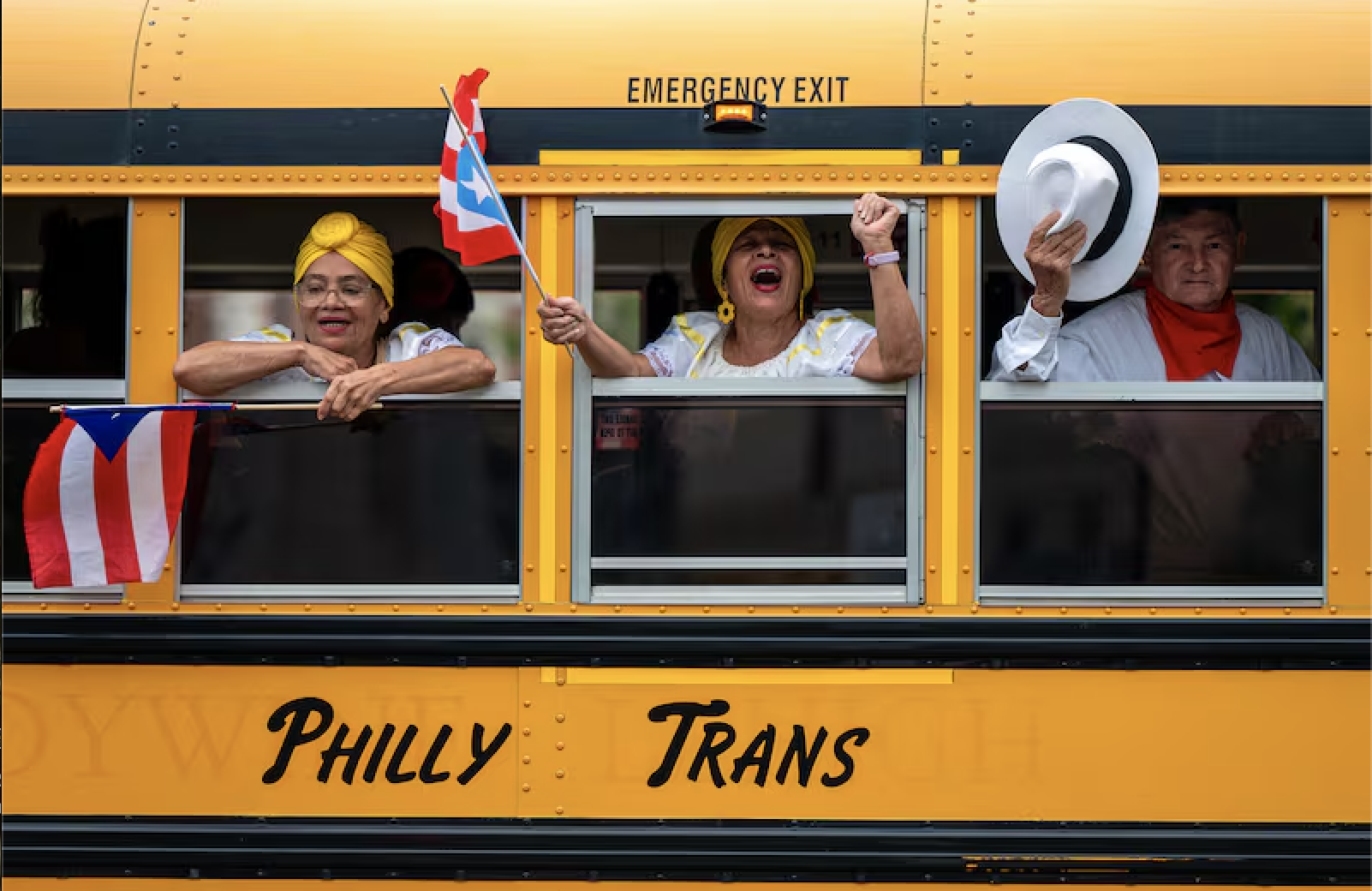Unlocking economic mobility for Latino families in Philadelphia
The Latino community has proven its resilience and entrepreneurial spirit. Now the city must match that strength with a systemic scaffolding for mobility, writes Michelle Carrera Morales. In the photo, members of the Norris Square Senior Center ride in a school bus during the 2024 Puerto Rican Day Parade.. Tom Gralish / Staff Photographer
by Michelle Carrera Morales, For The Inquirer
Last month, we heard news worth celebrating: Philadelphia is no longer the “poorest big city” in the country. Our poverty rate fell to 19.7% in 2024 from 20.3% in 2023. But it still means one in five Philadelphians lives below the poverty line — and the climb out remains steepest for Latino families.
In 2023, about 26% of Hispanic residents in Philadelphia lived in poverty; that’s more than double the rate of non-Hispanic white residents. While a Pew Charitable Trusts article released on Sept. 16 reported the poverty level for Hispanic Philadelphians has dropped, it attributed that to a higher share of Latinos earning over $150,000, while at the same time, the number of Latinos living below the federal poverty line increased slightly. These statistics demonstrate that even if there is progress, too many of our city’s Latino families remain left behind.

